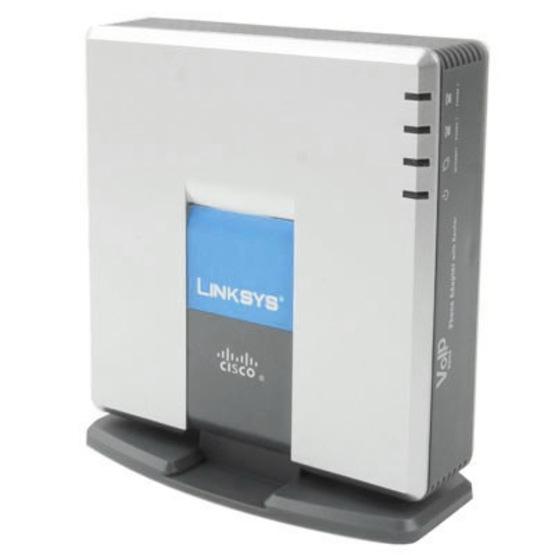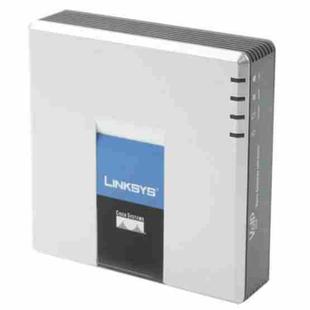Description
1) The SPA9000 marries the rich feature set of high-end PBX telephone systems with the convenience and cost advantages of Voice over IP. The SPA9000 is so easy to configure that a fully working system can be set up in minutes. New telephones are automatically detected and registered when they are connected to the SPA9000.
2) The SPA9000 has common voice system features such as an auto-attendant, shared line appearances, three way call conferencing, intercom, music on hold, call-forwarding and much more. The SPA9000 opens up access to the benefits of VoIP, including low cost long distance service, telephone number portability, and one network for both voice and data. It has an integrated web server that allows features to be configured using a web browser. The web server has multiple levels of password protected access to user and service level features.
3) Service level settings may be locked by the Internet Telephone Service Provider to ensure they are not inadvertently corrupted. The Internet Telephone Service Provider also can remotely update the software and settings through a secure encrypted connection. With its integrated router, the SPA9000 can be either connected directly to the internet connection or to another router on your network. The SPA9000 has separate WAN and LAN Ethernet ports. The WAN connection can be connecting through DHCP or a fixed IP address. The LAN port can assign IP addresses to IP telephones and computers using NAT and DHCP. While the SPA9000 will work with any SIP compatible IP telephone, it is the ideal host for Linksys business telephones, such as the SPA901, SPA921, SPA922, SPA941, and SPA942. Powerful configuration capabilities enable the SPA9000 to support a greater set of advanced features with these telephones, such as shared line appearances, hunt groups, call transfer, call parking lot, and group paging. With its two FXS ports, the SPA9000 can support traditional analog devices such as telephones, answering machines, FAX machines, and media adapters.
**Specification:
1) SIP Application Server, Proxy, Registrar and Location Server (RFC3261)
2) Multiple Service Provider Lines / SIP Account Support (4)
3) Shared Line Appearance (SLA)
4) Automated Attendant (AA)
5) Configurable AA Answer Delay
6) Interactive Voice Response (IVR)
7) Recordable IVR Prompts
8) Automatic Call Distribution (ACD)
9) Configurable Call Routing
10) Least Cost Routing
11) Multiple DID Numbers Per VoIP Line
12) Call Routing to Multiple Extensions or Targeted User
13) Call Hunting - Sequential, Round Robin, Random
14) Phone Configuration and Management Server
15) Discovery and Configuration of IP Phones
16) Assignment of Extension
17) Assignment of Dial plan
18) Proxy Logging of SIP Messages
19) Phone Firmware Upgrade Management
20) Corporate Directory with Automatic Update
21) Configuration and Maintenance via Web Interface (Local or Remote
22) Status Display of All Connections
23) Remote Configuration via
24) HTTPS with XML Formatted Files
25) HTTP or TFTP with 256-Bit Encrypted Binary Files
26) Call Park - User Definable Parking Space Number
27) Call Unpack
28) Call Transfer
29) Call Forward
30) Group Paging
31) Directed Call Pick Up
32) Group Call Pick Up









